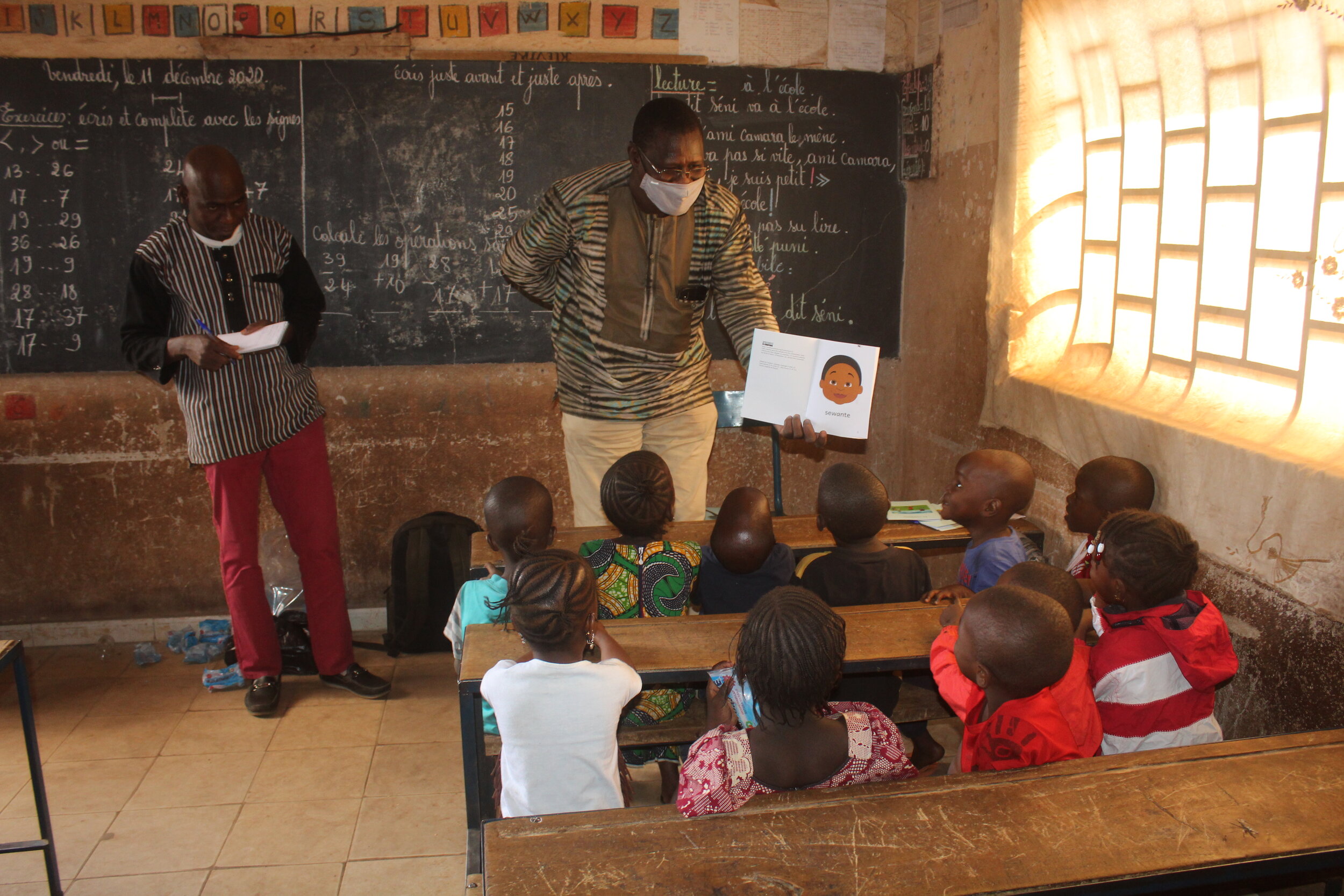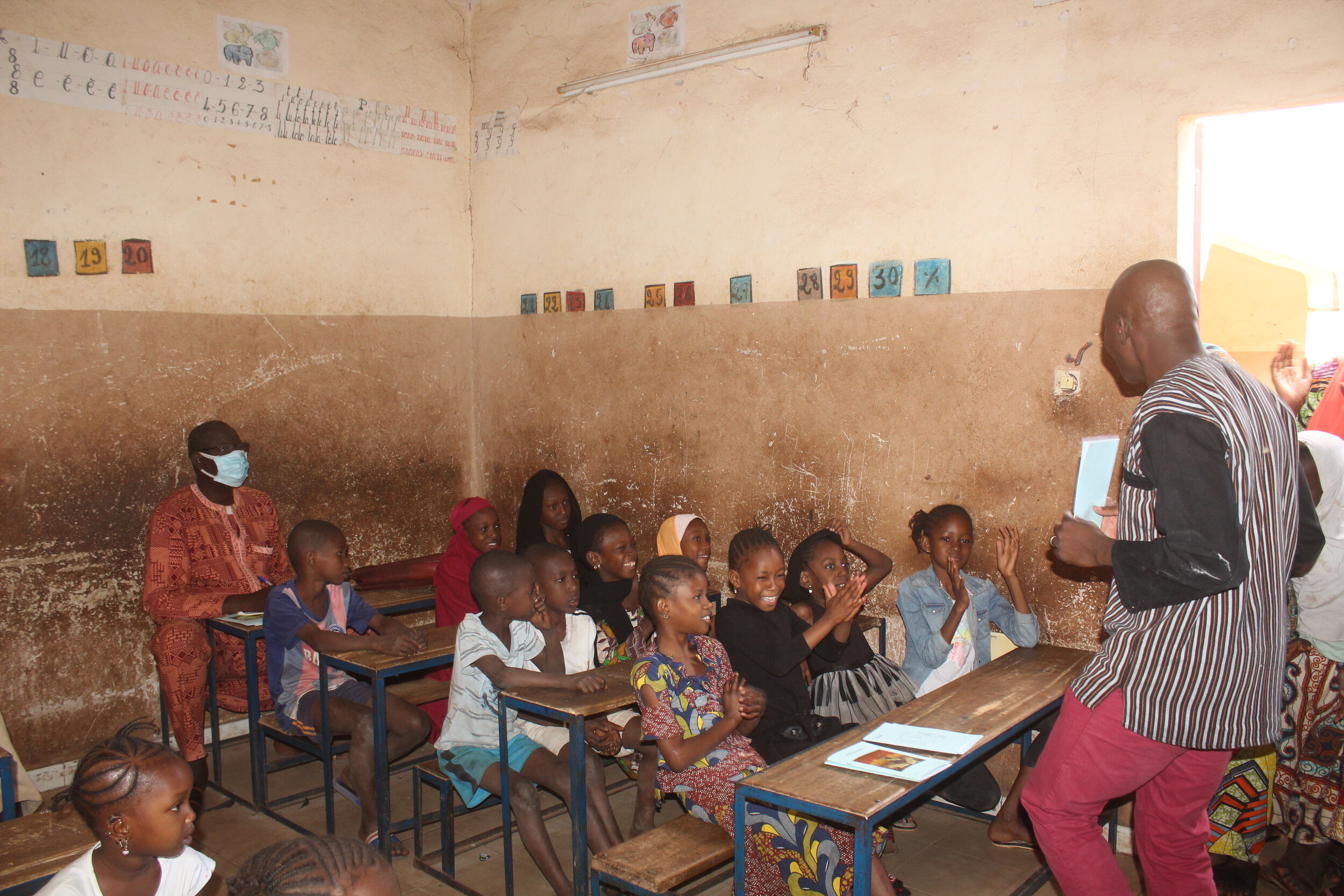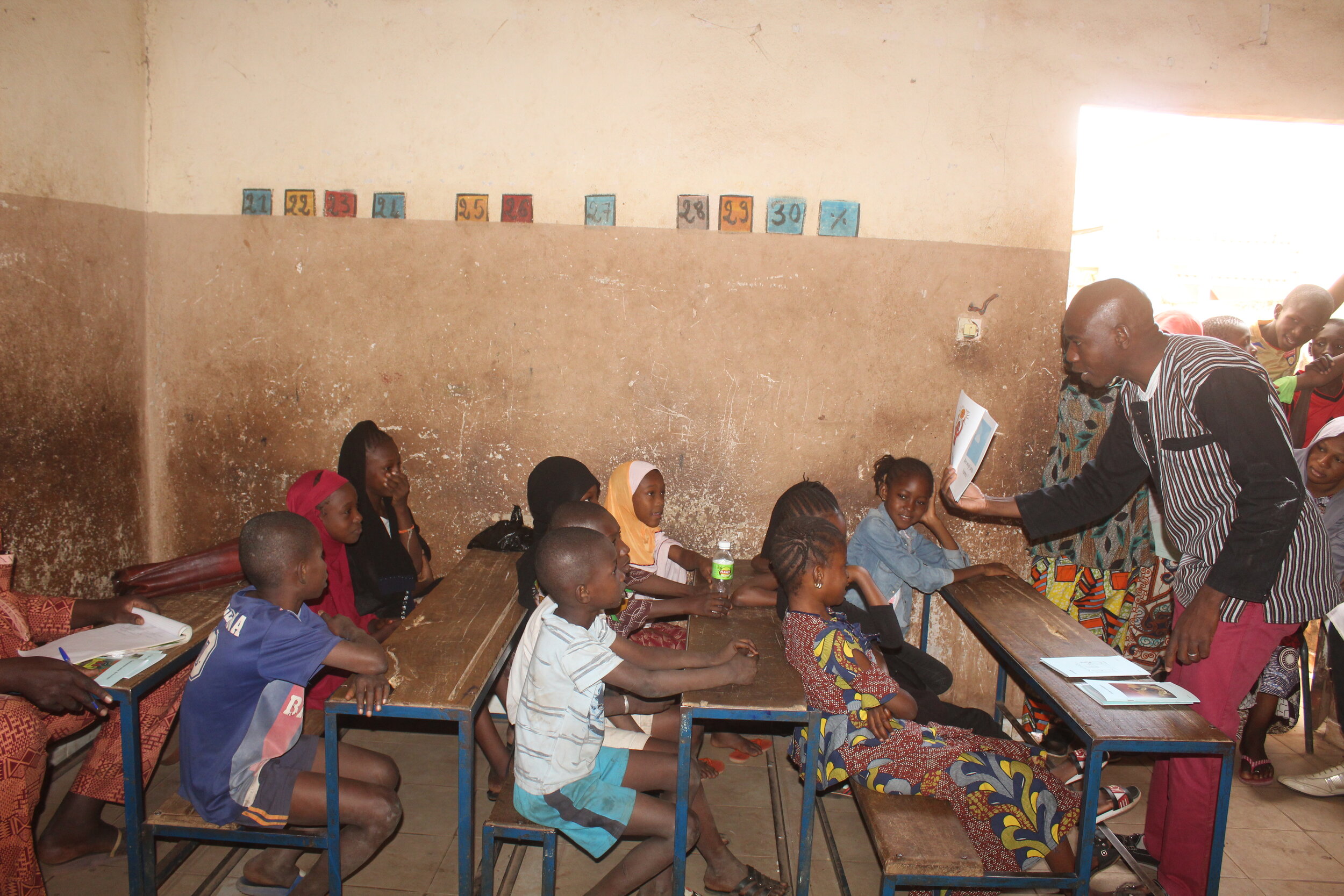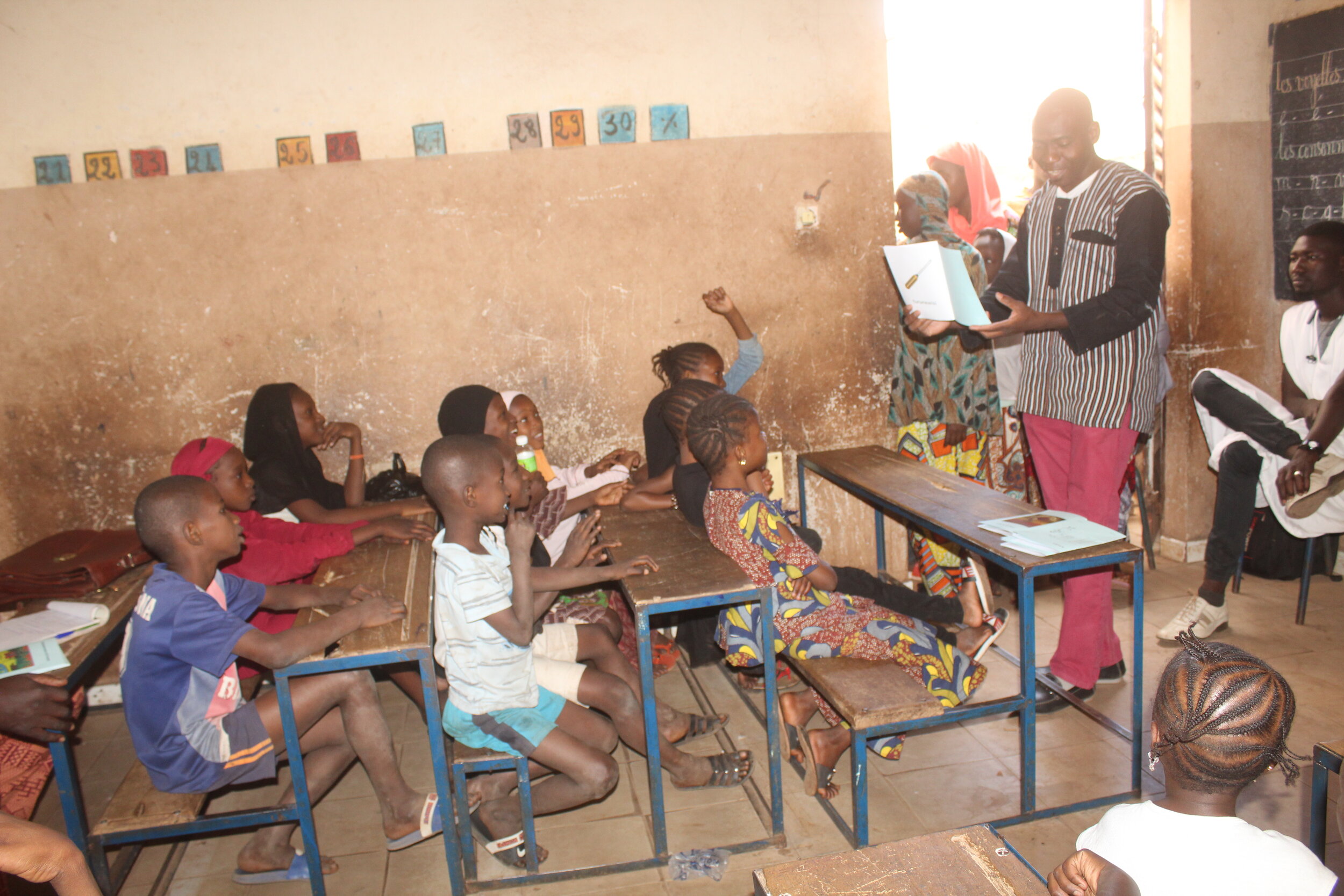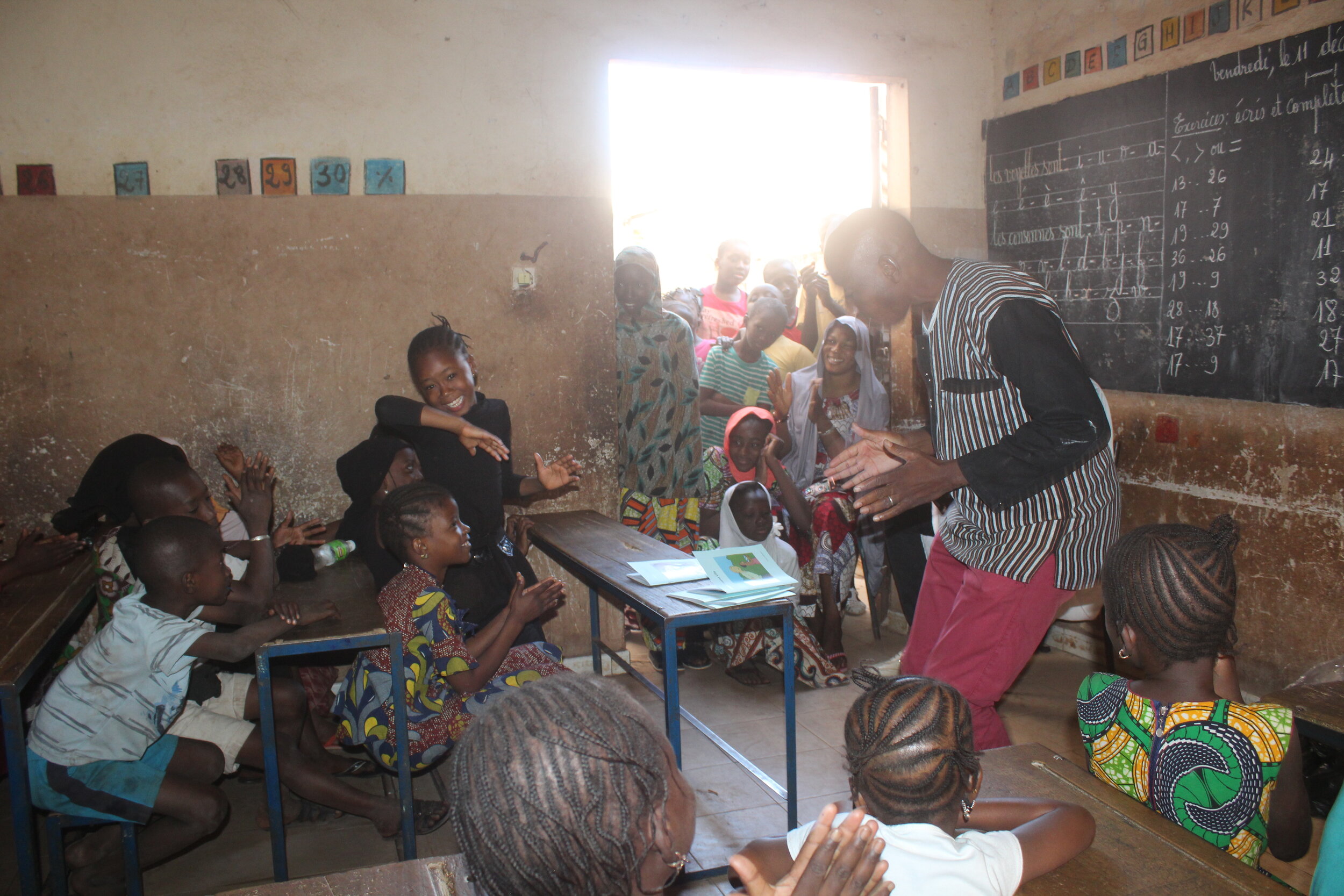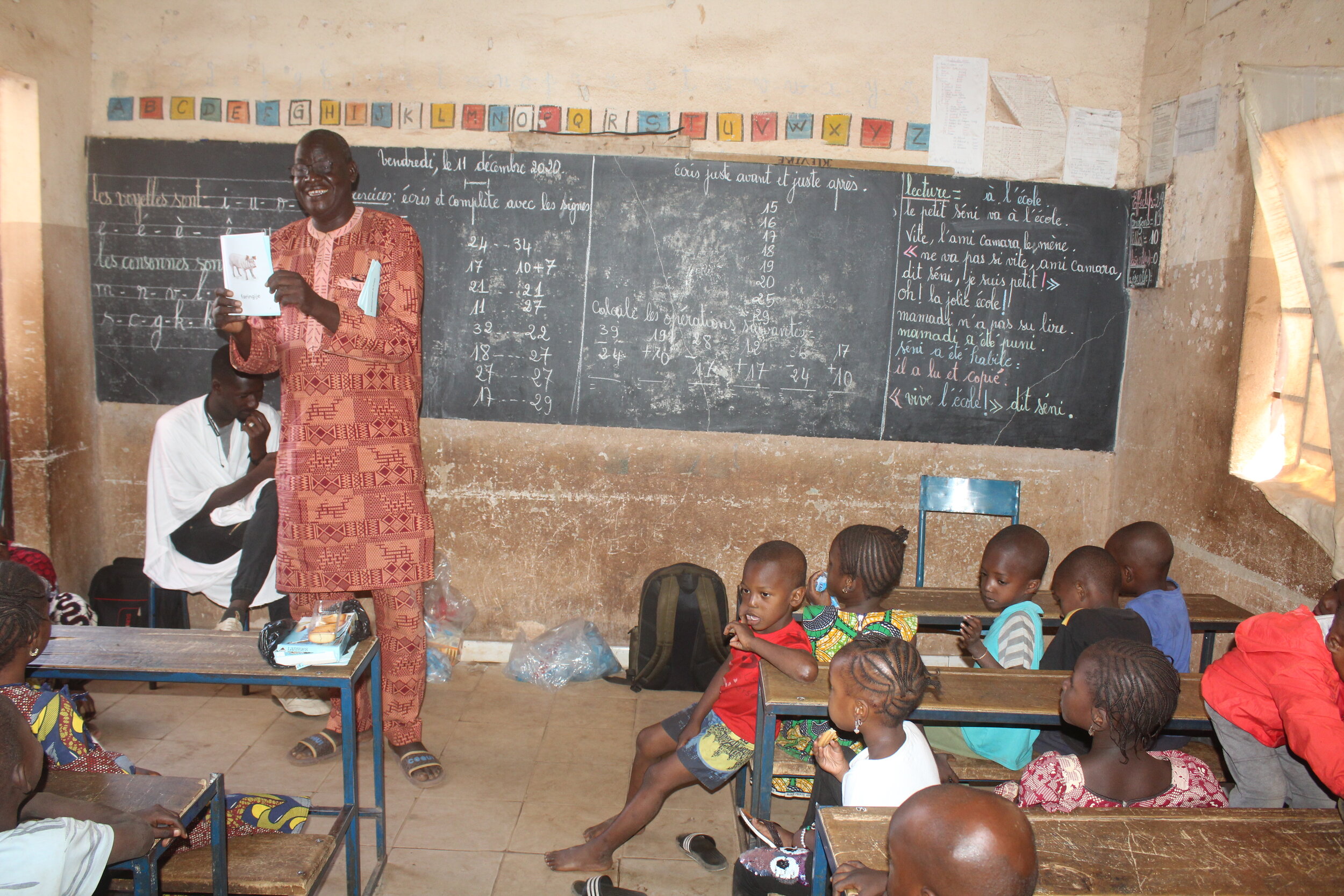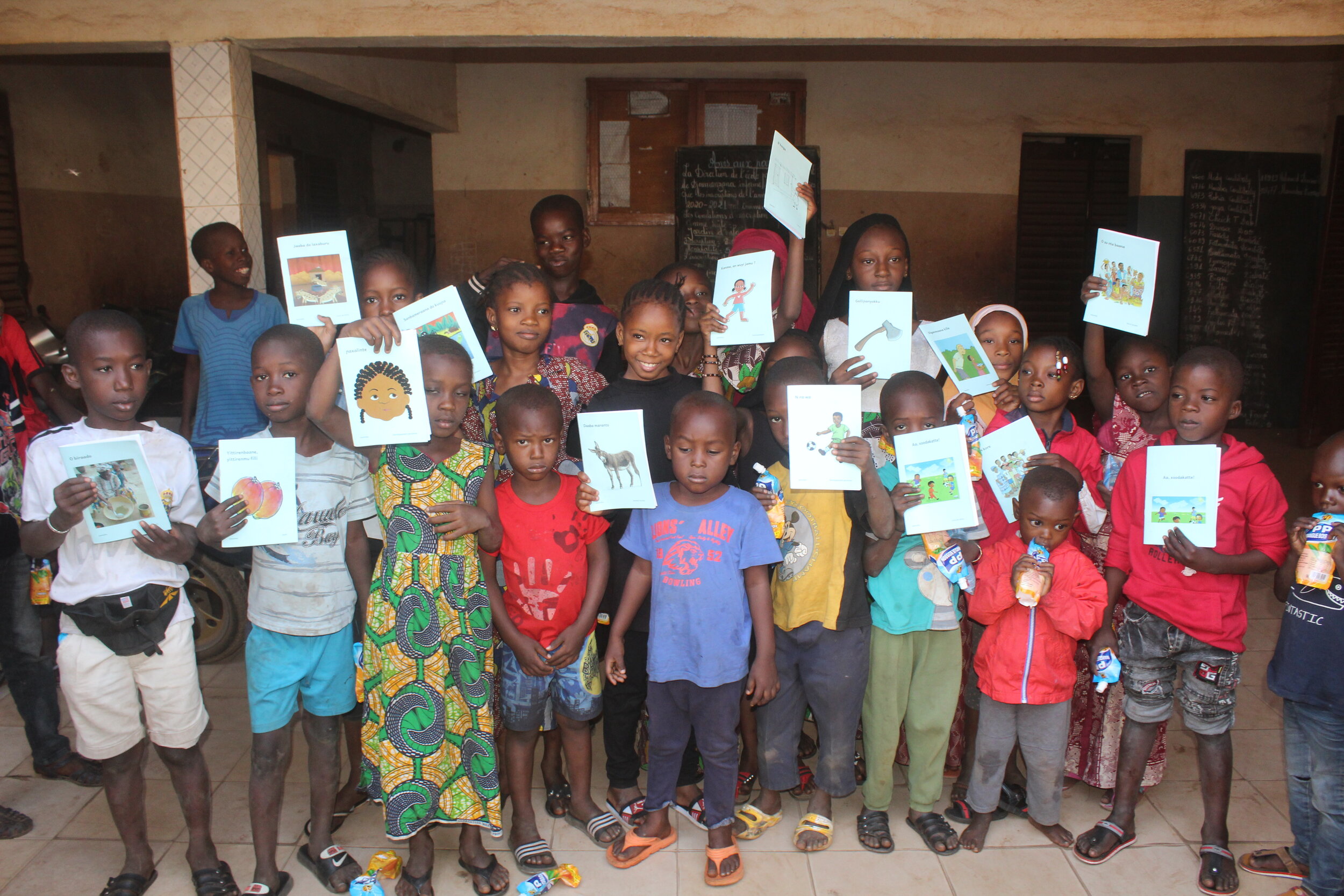Language is Culture
/Language is not math, science, grammar, or even dancing… although it would be difficult to develop and grow in any of those fields without it, because language encompasses them all. It converses with them, with art—with every aspect of human experience—and this conversation affects what language becomes and (if it’s alive and in use) is perpetually becoming.
This means that when you translate a text from one language to another, you’re not just translating a static form of notation into another static form of notation… you’re translating a culture.
This is difficult.
It is especially difficult without good tools and a well-developed skill set.
In December, we had the opportunity to share some tools and skills through a field-testing event created for our Begin With Books project in Mali. We began with a training exercise with translators from AMALAN (Académie Malienne des Langues, or The Malian Academy of Languages). These gifted local partners support quality checks on the language, grammar, etc. in our books during the book creation process, so we worked with them to help them better understand the difference between merely translating the text, and translating the story—taking it from an exercise in technique to an experience in culture.
One exercise we used was that rather than handing them a text to pore over and then translate word for word, the participants were read a story aloud in French, which they were then asked to retell in their own words and language.
This provided an “Aha!” moment for them, as they were no longer parsing linguistic units, but rather listening for the essence of the story and then working to find the best way to convey that essence in an entirely different language and culture.
To borrow a page from SIL’s book, the exercise—designed by the LiNEMA Project Coordinator, our SIL colleague Hazel Large—had helped them to focus on adapting a text in a way that is:
accurate: representing the meaning of the source text as faithfully as possible
natural: using the receptor language in ways appropriate to the text being translated
communicative: expressing the meaning in an understandable way to the intended audience
This way of thinking becomes essential when adapting from one culture to another. For example, with “Sniffles,” (one of our COVID/health books), the story had to be adapted to accommodate a culture in which it is very rude to sniff to clear your nose and throat… but snorting is perfectly acceptable.
If language is culture, then it is also people—a conversation between the people who will translate and adapt literacy materials, and the teachers and students who will use them in their education.
So the training exercise with the translators was followed with book adaptation workshops held simultaneously in the Soninke and Senoufo/mamara languages in Bamako, Mali.
We needed to field test the books we’ve been working on as part of our pandemic-pivot on the Mali project, to ensure that the essence of the books will communicate, culture to culture, with their intended audience. The testing went well, and several of the parents enjoyed the experience and wanted to know if it was going to be a monthly event.
Pictured here are Mamara testers Lacina Konaté (AMALAN) and Pasteur Lazare Daou. The Soninke testers are Bandiougou Dramé (SIL), N’tiamba Sylla and Cheickna Sacko (AMALAN), assisted by Dahaba Siibi. These photos are a helpful reminder that, yes, it is always about people.
Hopefully this provides a window into our process, which is one of ongoing, continual refinement. One of our roles is to facilitate the conversations that make this possible, creating a good feedback loop between the people who create the books and the people who use them. It’s a process that requires the engagement of the community at every level, because again: language is culture.
Our projects all over the globe are not just about creating physical objects (books) for a practical purpose (education), they’re about engaging with and developing culture—which in turn engages and develops people.
We’re one small part of a larger conversation, helping where we can. And we invite you to follow us here and on social media to see where you can join the conversation as well.


